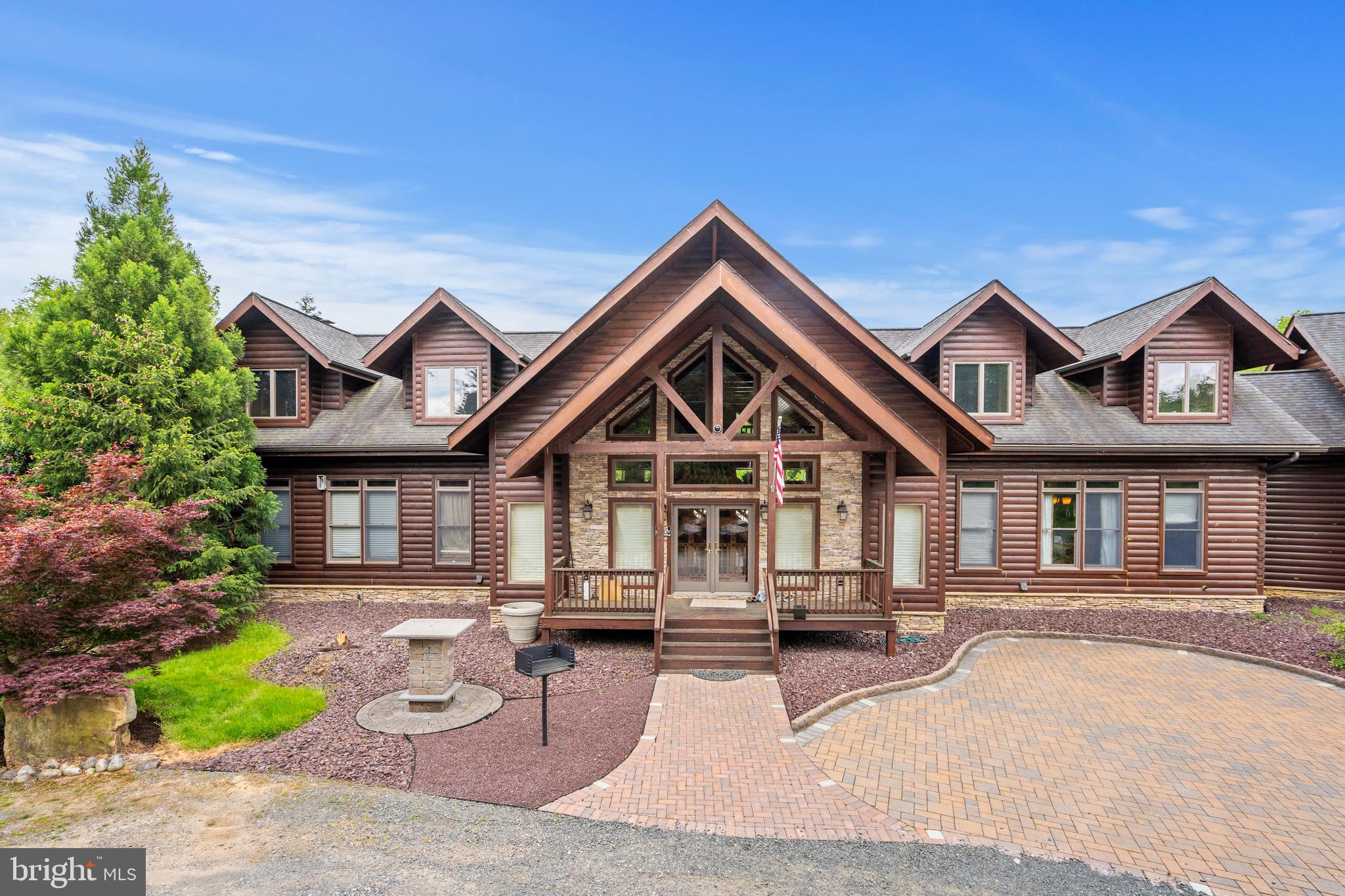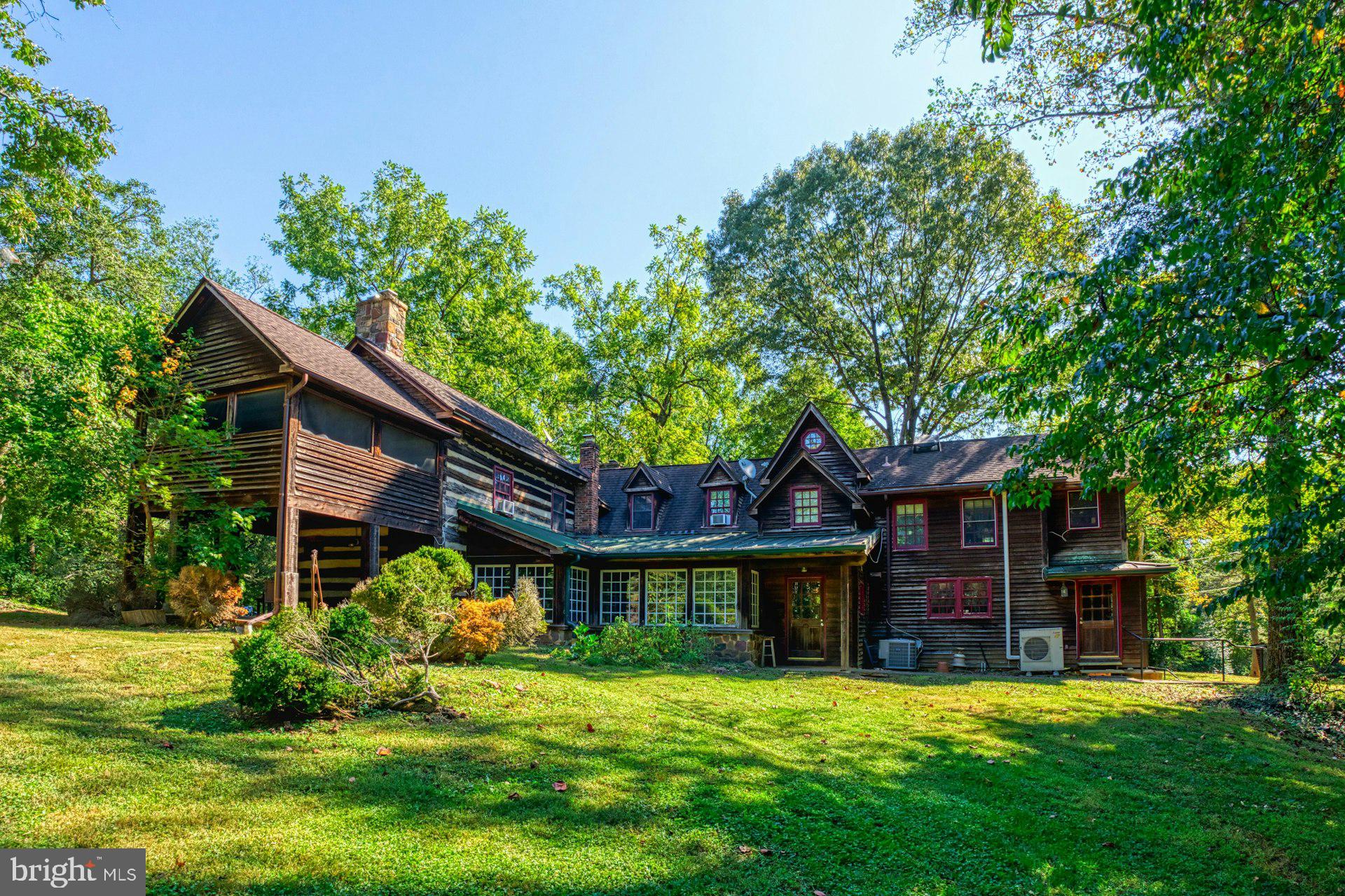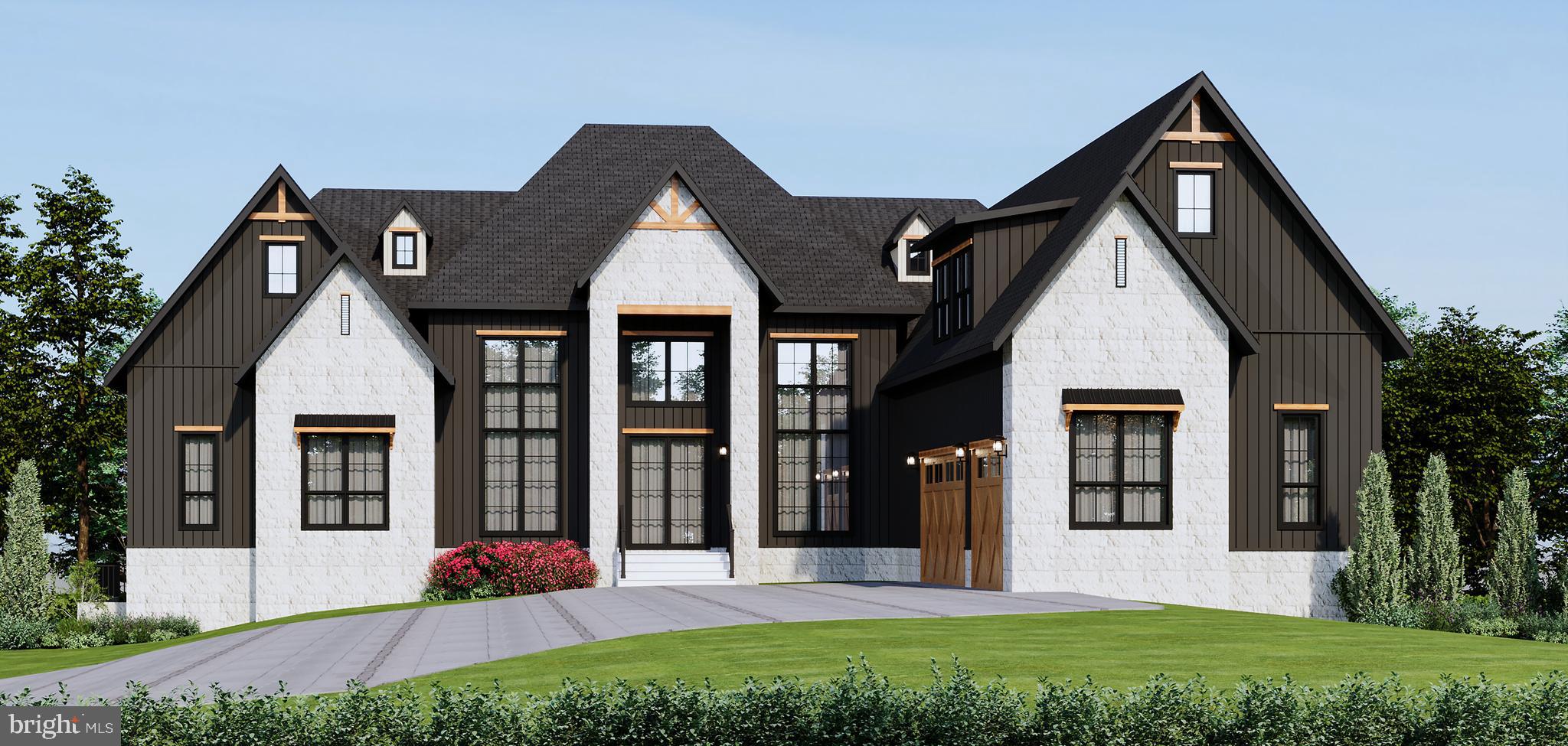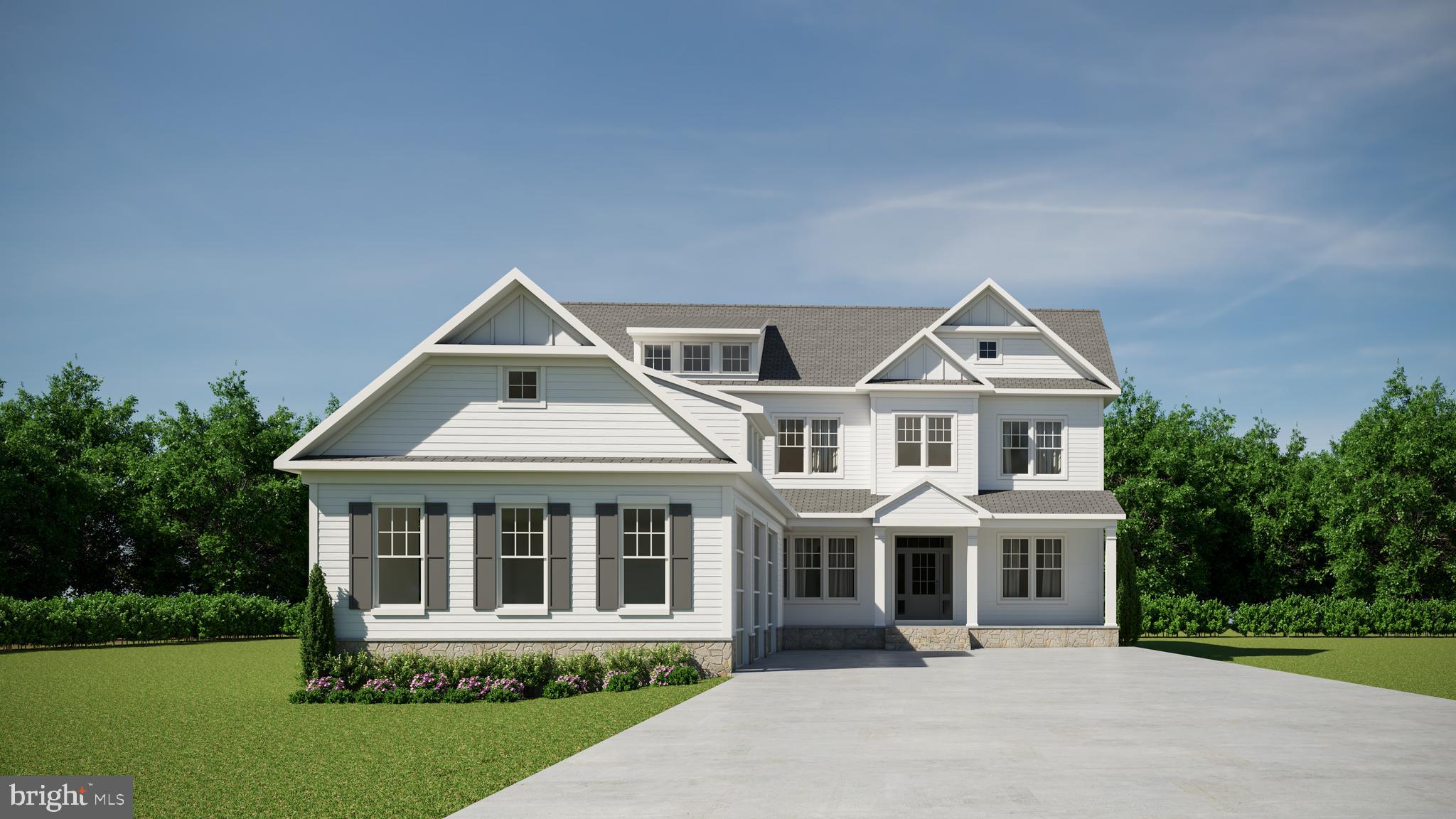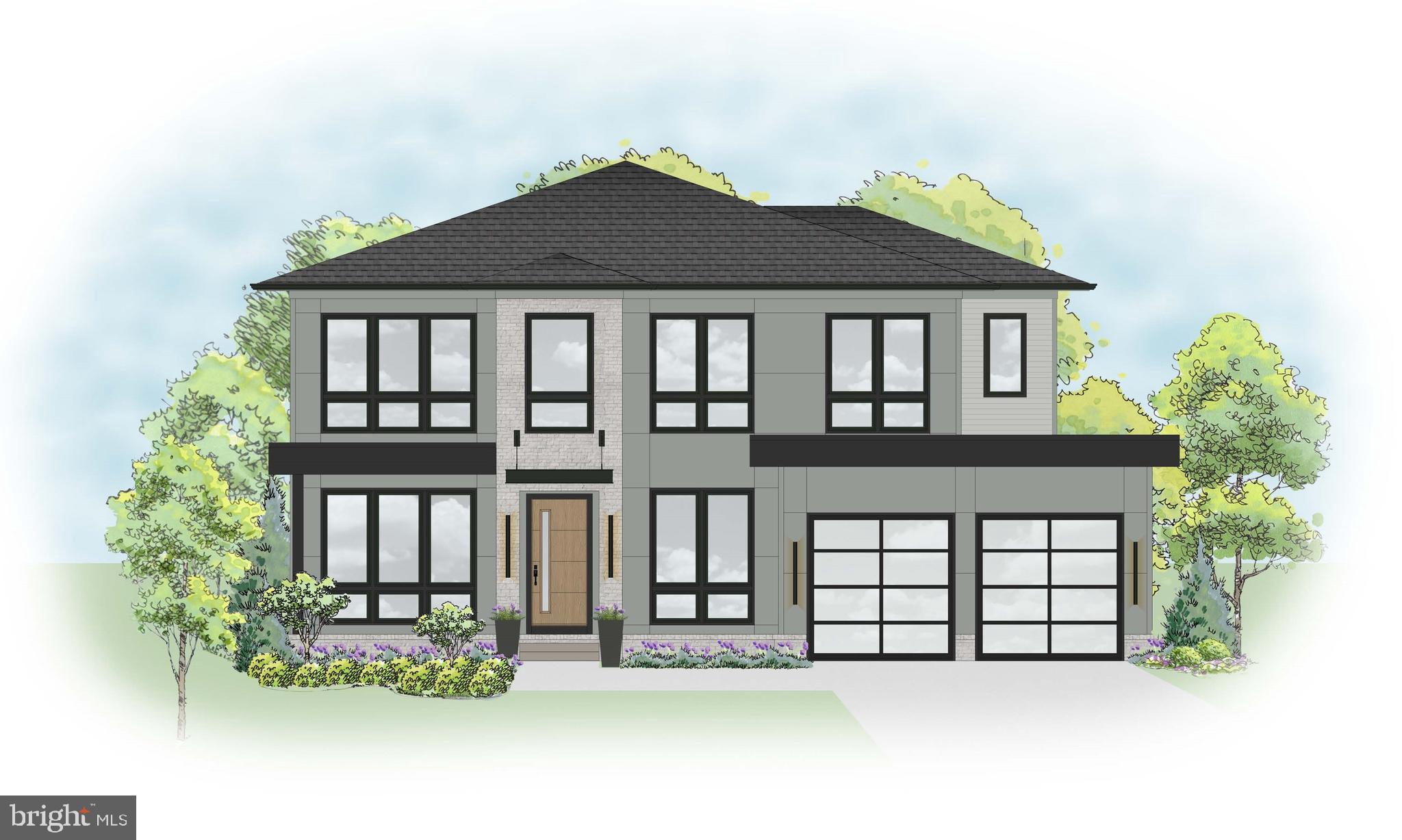Fairfax City
Fairfax City is the historic center of the area, known for its blend of old-town charm and modern suburban appeal. With its own government and distinct identity from Fairfax County, the city maintains a walkable downtown full of independent restaurants, coffee shops, and local events. Historic brick buildings and tree-lined streets create a warm, small-town atmosphere, while newer developments and townhomes offer updated housing options. Proximity to George Mason University brings a youthful, energetic population, and residents enjoy easy access to festivals, concerts, and farmers markets throughout the year. Housing ranges from charming mid-century ranch homes to elegant craftsman and colonial-style properties tucked into quiet residential streets. Fairfax City is highly desirable for those seeking both community and connectivity, with a strong school system and efficient commuting routes via Route 50, Route 29, and I-66.
Mantua
Mantua is one of the most established and picturesque residential neighborhoods within the Fairfax mailing area. Nestled just north of Fairfax City, Mantua is known for its large, wooded lots, winding roads, and well-built mid-century homes that often back onto preserved parkland. Mature trees and natural landscaping give the area a peaceful, secluded atmosphere that feels far removed from the bustle of nearby roads. Many homes have been thoughtfully updated or expanded over the years, yet the neighborhood retains a cohesive architectural character. Mantua is especially sought-after for its strong civic association, excellent schools, and easy access to trails, creeks, and nearby parks. Commuters appreciate the short drive to the Vienna Metro and proximity to major routes like Route 50 and I-66.
Fairfax Acres
Fairfax Acres is a quiet residential neighborhood located just west of downtown Fairfax City. The area is composed mostly of single-family homes on generous lots, many of which were built in the 1950s and 60s. These homes vary in style, including ranches, Cape Cods, and split-levels, with some newer construction and custom homes scattered throughout. Fairfax Acres is known for its peaceful atmosphere, with tree-lined streets and a close-knit, long-established community. The location is a major draw—residents can walk or bike to downtown Fairfax, nearby parks, and local schools, all while enjoying a low-traffic, neighborhood feel. Despite being so close to the city, Fairfax Acres retains a distinctly residential and timeless character.
Country Club Hills
Country Club Hills is a residential enclave located directly north of Fairfax City’s Old Town district. The neighborhood features a mix of mid-century and updated traditional homes, many situated on rolling hills and quiet streets with mature trees and landscaped yards. It is named for its proximity to the Army Navy Country Club and draws residents who appreciate a more spacious, suburban feel with quick access to Fairfax City’s amenities. Country Club Hills is also known for its strong neighborhood identity and walkable proximity to restaurants, parks, and shopping. Homes here often include larger square footage than those in the downtown core, and many have undergone renovations or expansions. The area is served by well-rated public schools and remains popular for both families and professionals.
Fairfax Villa
Fairfax Villa is a residential community located southwest of Fairfax City, characterized by its affordable single-family homes and proximity to both George Mason University and Fairfax Villa Park. Built primarily in the 1960s and 70s, the neighborhood includes a mix of ramblers and split-level homes, with some newer construction in recent years. The area is favored for its accessibility—close to Braddock Road and Route 123—and its abundance of green space, including playgrounds and trails that connect to Daniels Run and other parts of the county’s trail system. The neighborhood’s namesake elementary school, Fairfax Villa Elementary, is located right in the community, contributing to a family-friendly, suburban atmosphere.
Mosby Woods
Mosby Woods is a well-established residential neighborhood located just west of Fairfax City’s downtown, known for its sense of community and mid-century suburban charm. Built mainly in the 1960s, the neighborhood features a mix of colonials, split-levels, and ranch-style homes with mature landscaping and wide, tree-lined streets. Mosby Woods is popular with both longtime residents and younger families moving into the area, attracted by its walkability, parks, and access to Route 50 and I-66. The local elementary school, Mosby Woods Elementary (now Katherine Johnson Elementary), sits within the neighborhood, contributing to a strong community feel. With its classic suburban layout and close proximity to shopping, dining, and city events, Mosby Woods strikes a balance between quiet living and urban access.
Cobbdale
Cobbdale is a small, upscale neighborhood tucked between Route 50 and the heart of Fairfax City. The community includes both custom-built homes and high-end renovations, with a noticeable shift toward larger, luxury-style residences in recent years. Though it’s not a large subdivision, Cobbdale is known for its central location, walkability to Fairfax City, and private-feeling streets. Lots are spacious and well-landscaped, and the neighborhood has a more secluded and refined atmosphere compared to some surrounding areas. While its size limits amenities, the proximity to city services, shops, parks, and schools makes Cobbdale a hidden gem for those who want convenience without sacrificing space or elegance.
Greenbriar
Greenbriar is a well-known, planned suburban community located in western Fairfax, just south of Route 50 and west of Fairfax County Parkway. Developed in the 1960s and 70s, the neighborhood consists primarily of detached single-family homes in classic split-level, ranch, and colonial styles. What sets Greenbriar apart is its consistent layout, mature trees, sidewalks, and strong neighborhood identity, supported by an active civic association. Many homes have been updated over the years, but the community retains a cohesive, mid-century suburban feel. Greenbriar Park, with sports fields and walking trails, serves as a central green space, and residents benefit from the nearby Greenbriar Shopping Center, which offers a full range of retail and dining options. With quick access to major highways, schools, and everyday amenities, Greenbriar remains one of the most stable and family-friendly communities in the Fairfax area.
Fair Oaks
Fair Oaks is a mixed-use area of Fairfax known for its blend of residential developments, commercial centers, and accessibility. While Fair Oaks is often associated with the Fair Oaks Mall and surrounding shopping complexes, the residential neighborhoods just north and west of the mall offer a diverse mix of townhomes, condominiums, and single-family homes. These neighborhoods, many built in the 1980s through early 2000s, are attractive to commuters and professionals thanks to their location near I-66, Route 50, and the Fairfax County Parkway. The area is also served by express commuter buses and is within easy reach of the Vienna Metro. Fair Oaks is popular with residents who value proximity to retail, healthcare (including Inova Fair Oaks Hospital), and major employers. Despite its commercial convenience, many residential pockets in Fair Oaks feel quiet and self-contained, with tree-lined streets, walking paths, and community associations that maintain shared green spaces.



